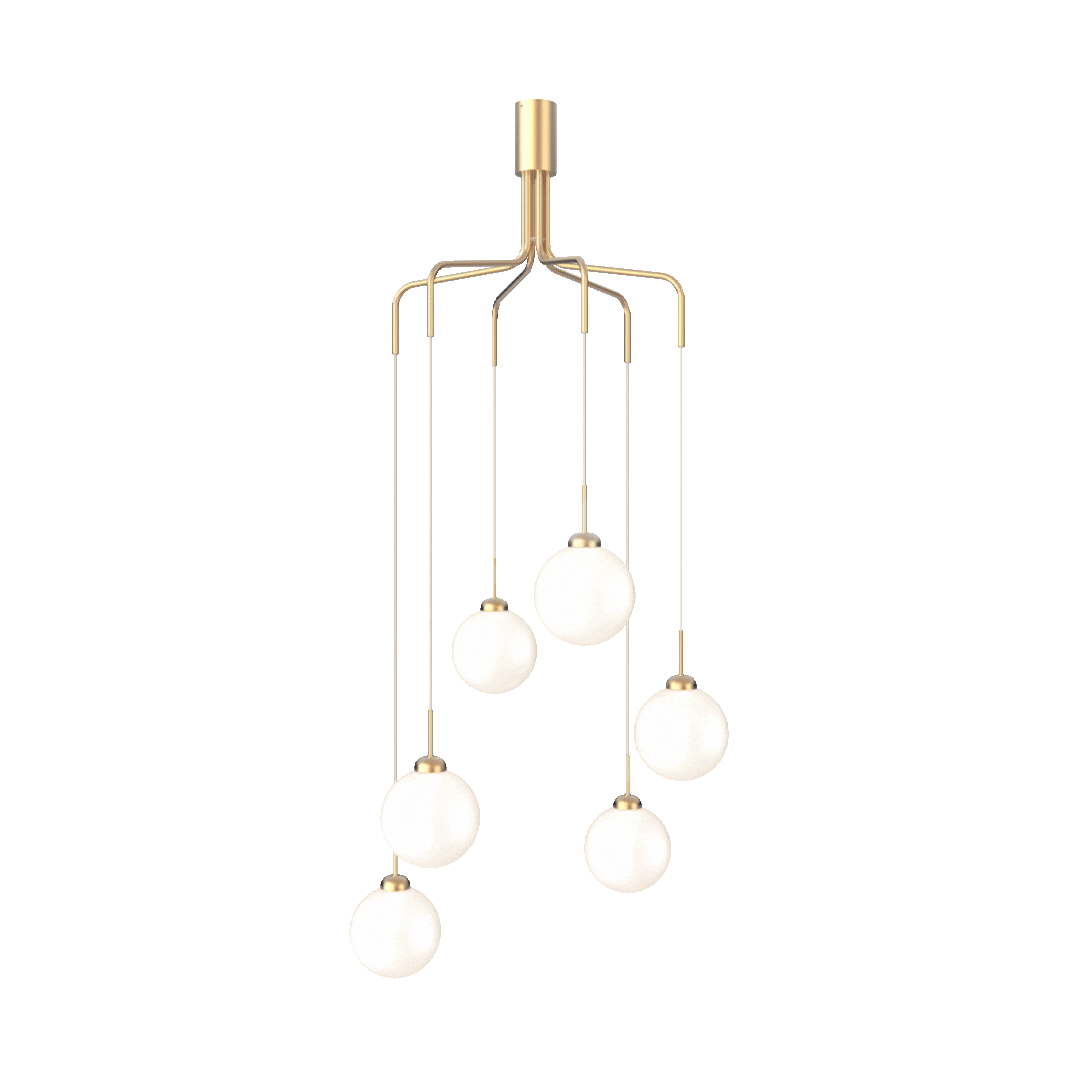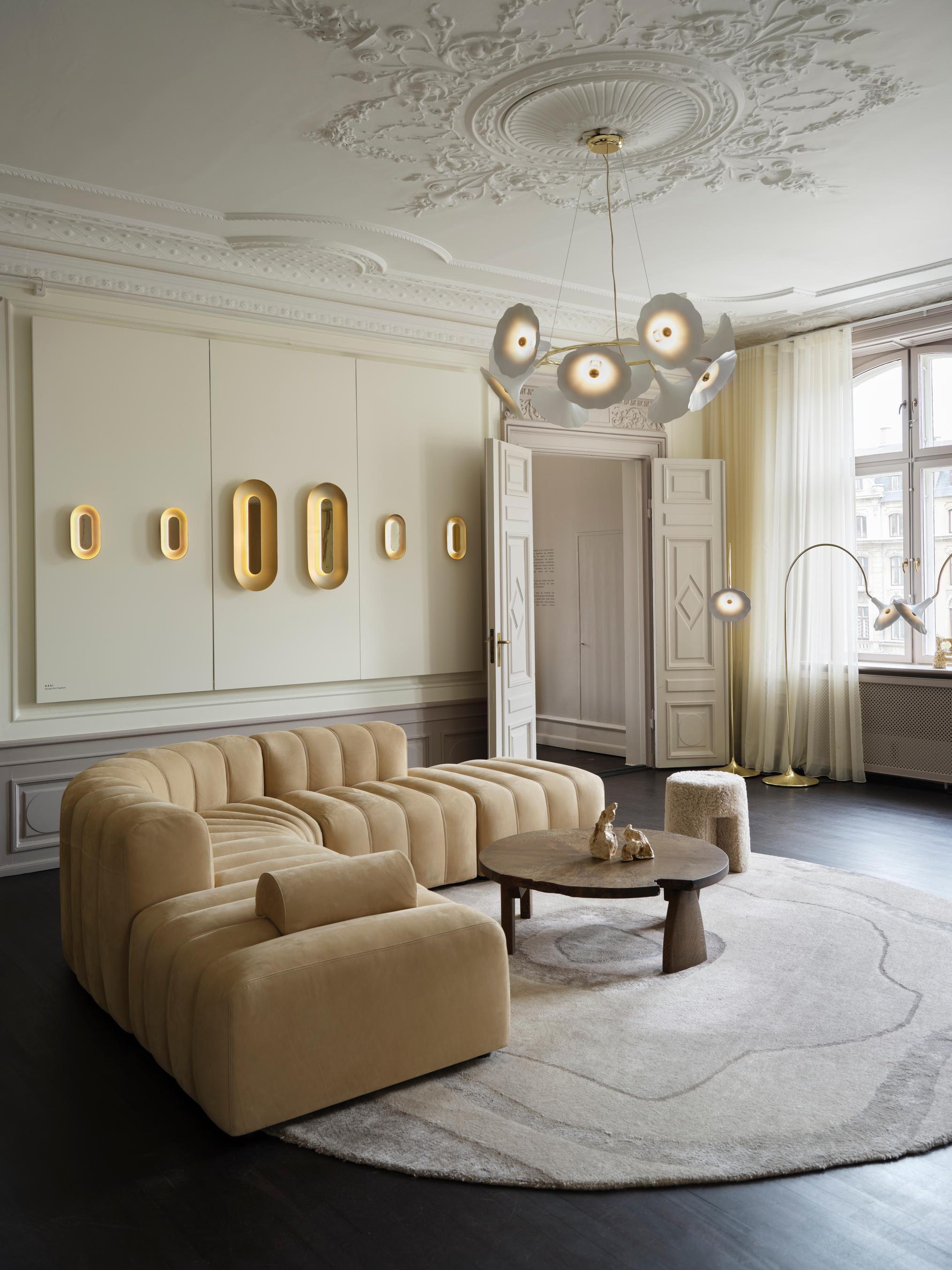ILLUMINATE YOUR DAILY RHYTHM
Light & Circadian Rhythms
Lighting is more than just a functional element in our homes and offices. When done right, it can mimic the sun’s natural rhythm and have a powerful impact on how we feel throughout the day. By adjusting our indoor lighting to follow the sun's natural cycle — from bright, energizing light during the day to softer, warmer tones in the evening — we can support better mood, mental health, and overall well-being.
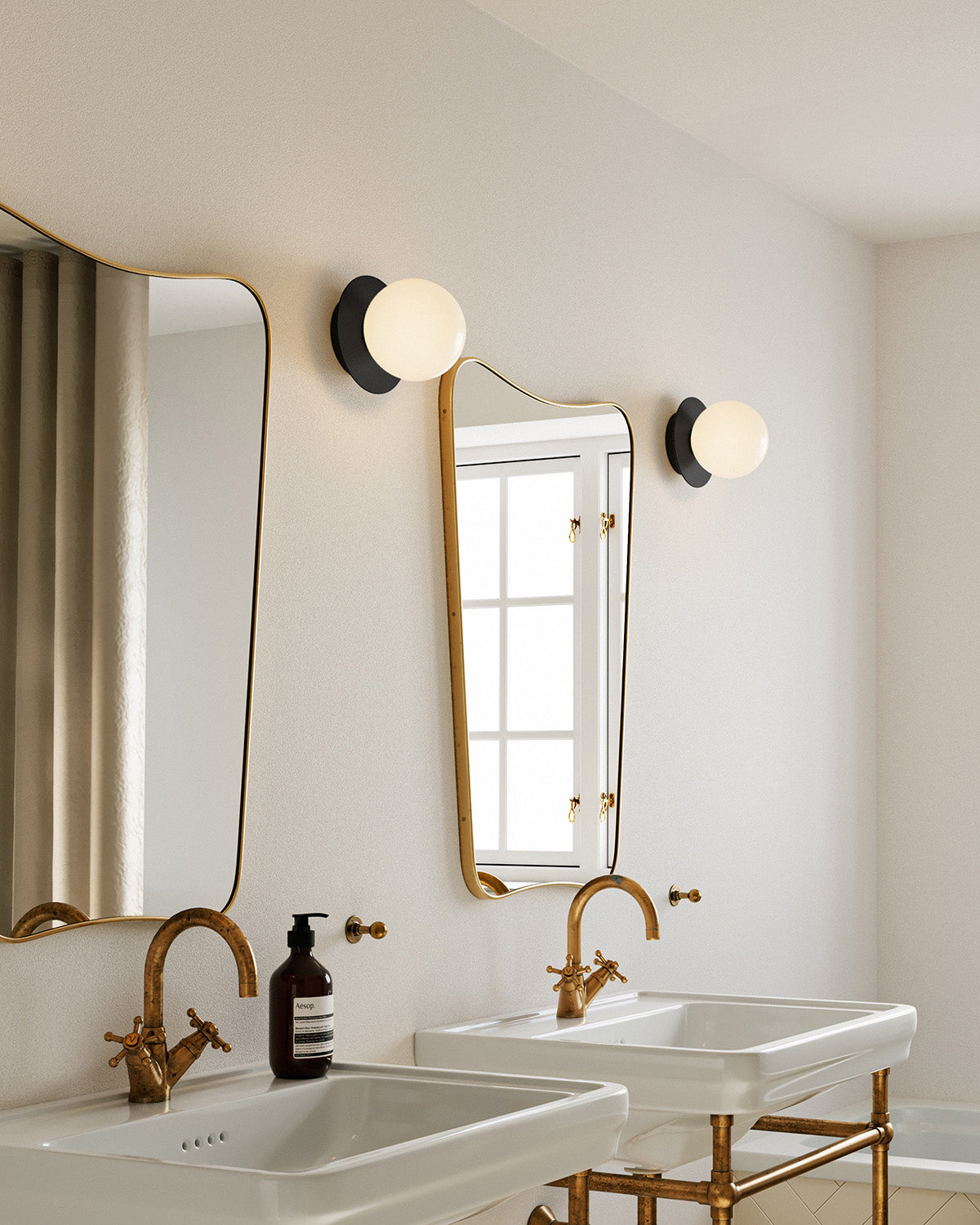
MORNING
Bright, cool light for an energizing start
The day starts with bright, cool-toned light from the sun, which signals our bodies to wake up, be alert, and feel energized. By using lighting that mimics this natural blue-rich light in the morning, we can help regulate our body’s circadian rhythm and give ourselves a positive, energetic start to the day.
Morning lighting tips:
Place bright lighting in areas where you begin your day, such as your kitchen, bathroom or workspace.
Open the curtains to let in as much natural light as possible during your morning routine.
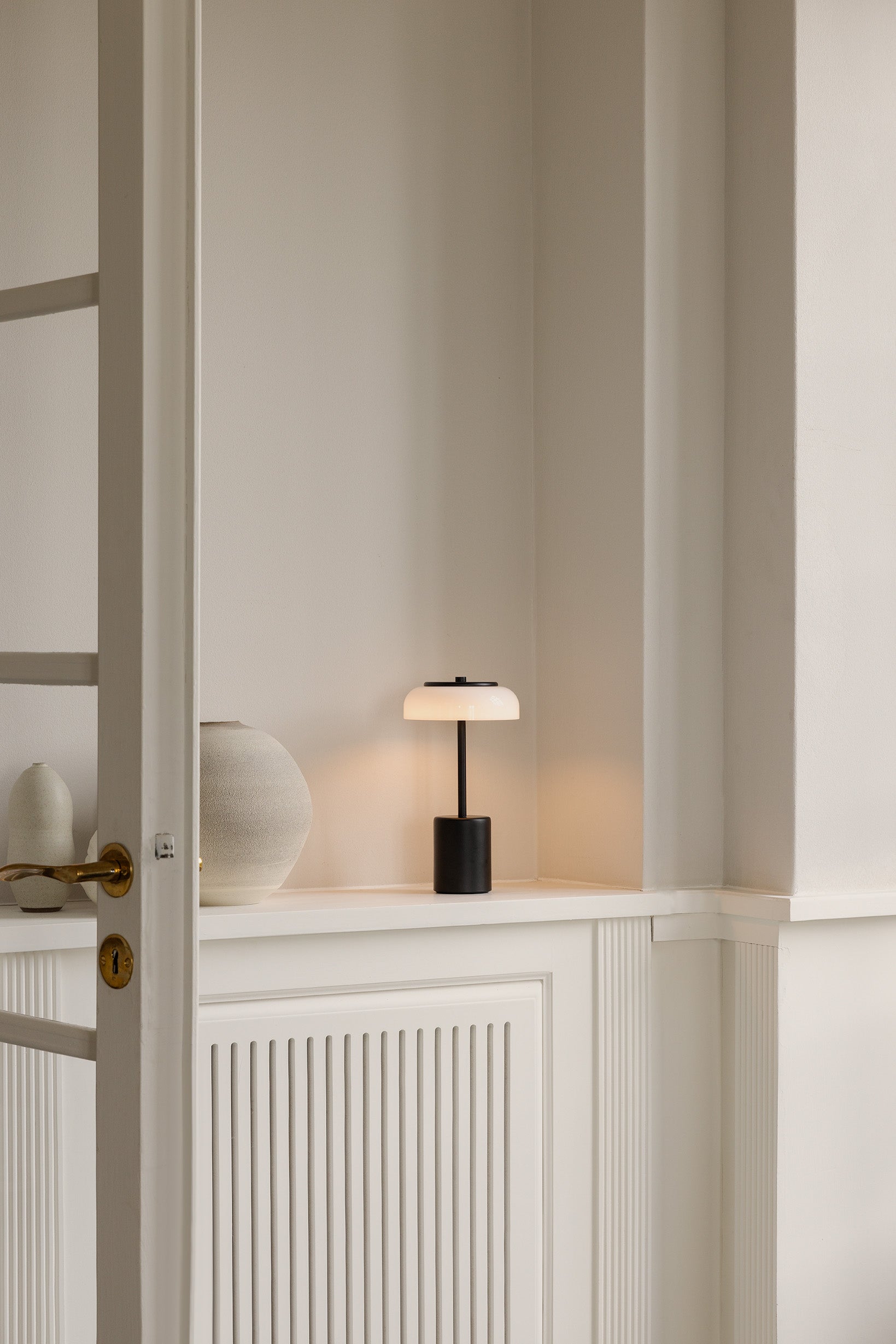
AFTERNOON
Balanced lighting to maintain focus
As the sun rises in the afternoon, the light becomes warmer and slightly less intense. Indoor lighting should adjust accordingly to support sustained energy without overstimulation. Balanced, neutral lighting helps you stay focused and productive while avoiding the mental fatigue that can come from overly harsh or dim lighting.
Afternoon lighting tips:
Use a combination of natural light and soft artificial lighting that mimics the midday sun.
If your workspace is dim, consider using light fixtures that cast neutral, steady light to avoid fatigue.
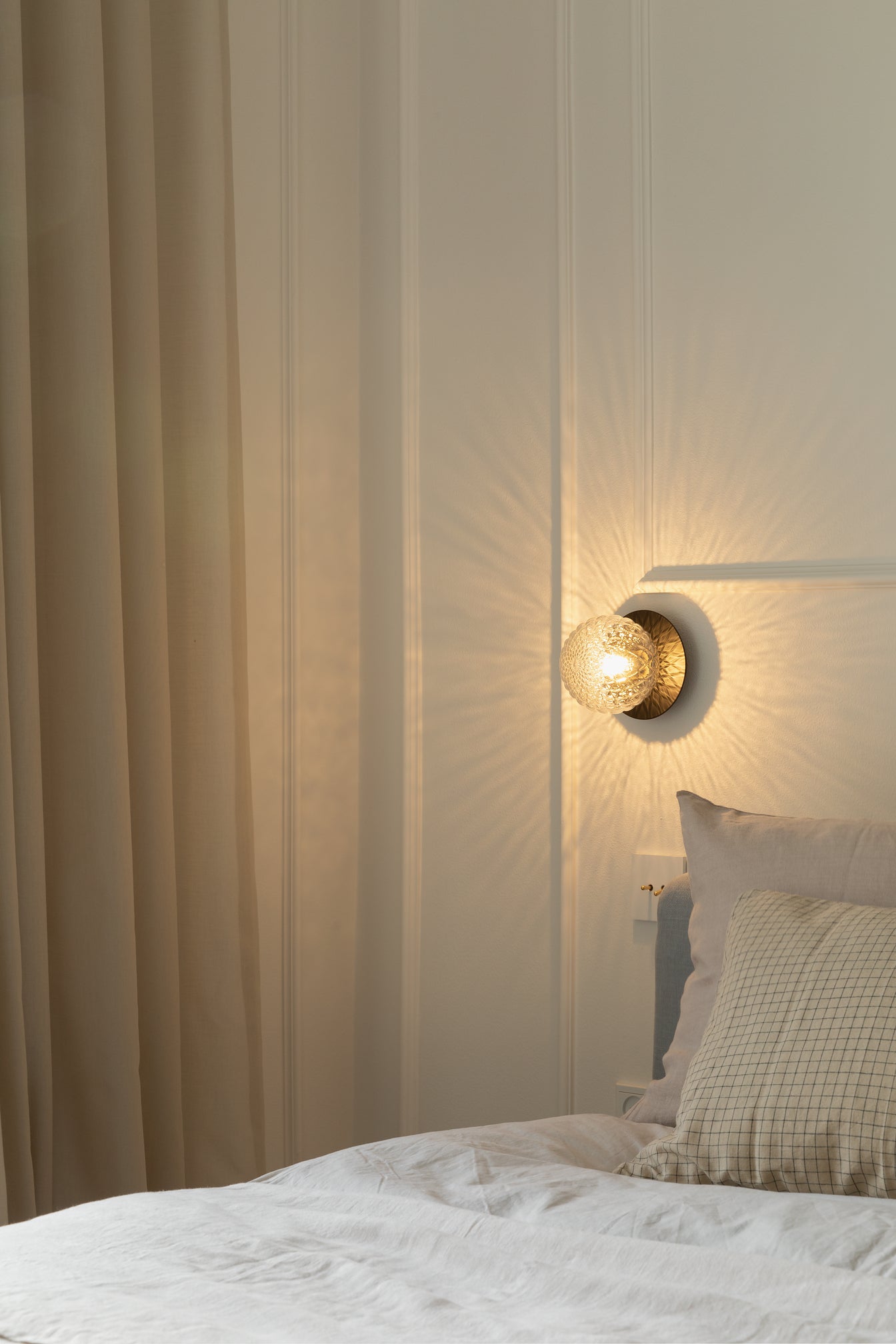
EVENING
Warm, soft light for relaxation and wind down
As the sun sets, its light shifts to warm, amber tones, signaling our bodies to relax and prepare for sleep. Replicating this shift in your home with softer, warmer lighting can help you unwind, reduce stress, and signal to your body that it’s time to rest.
Evening lighting tips:
Use warm, dimmable lights in living rooms and bedrooms to create a cozy, relaxing atmosphere.
Avoid bright, blue light from screens in the hour before bed, as it can disrupt your body’s natural sleep cycle.
Opt for bedside lamps or low-light fixtures that allow for gentle illumination without overstimulation.
Syncing your lighting with the sun’s natural cycle
By designing your lighting to follow the sun’s natural rhythm — bright and energizing in the morning, balanced through the afternoon, and soft and warm in the evening — you can positively influence your mood, energy, and overall mental health. Small changes, like adding dimmable lights, can make a big difference in how you feel throughout the day.
With the right light comes well-being
The power of light
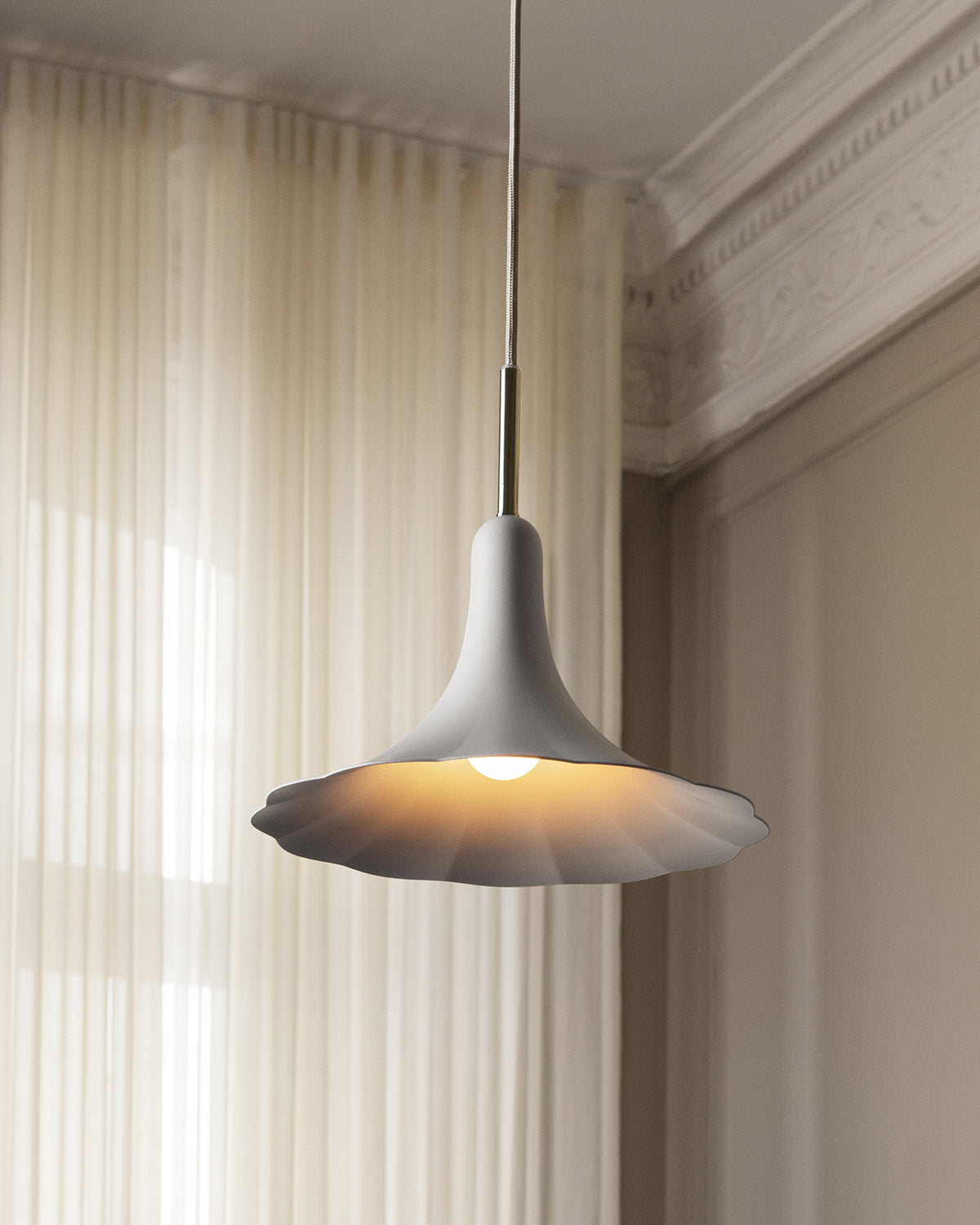
Light source guide
From kelvin to lumens - view our curated guide to mastering and understanding the power of light so you know how to get the bulb right.
Read more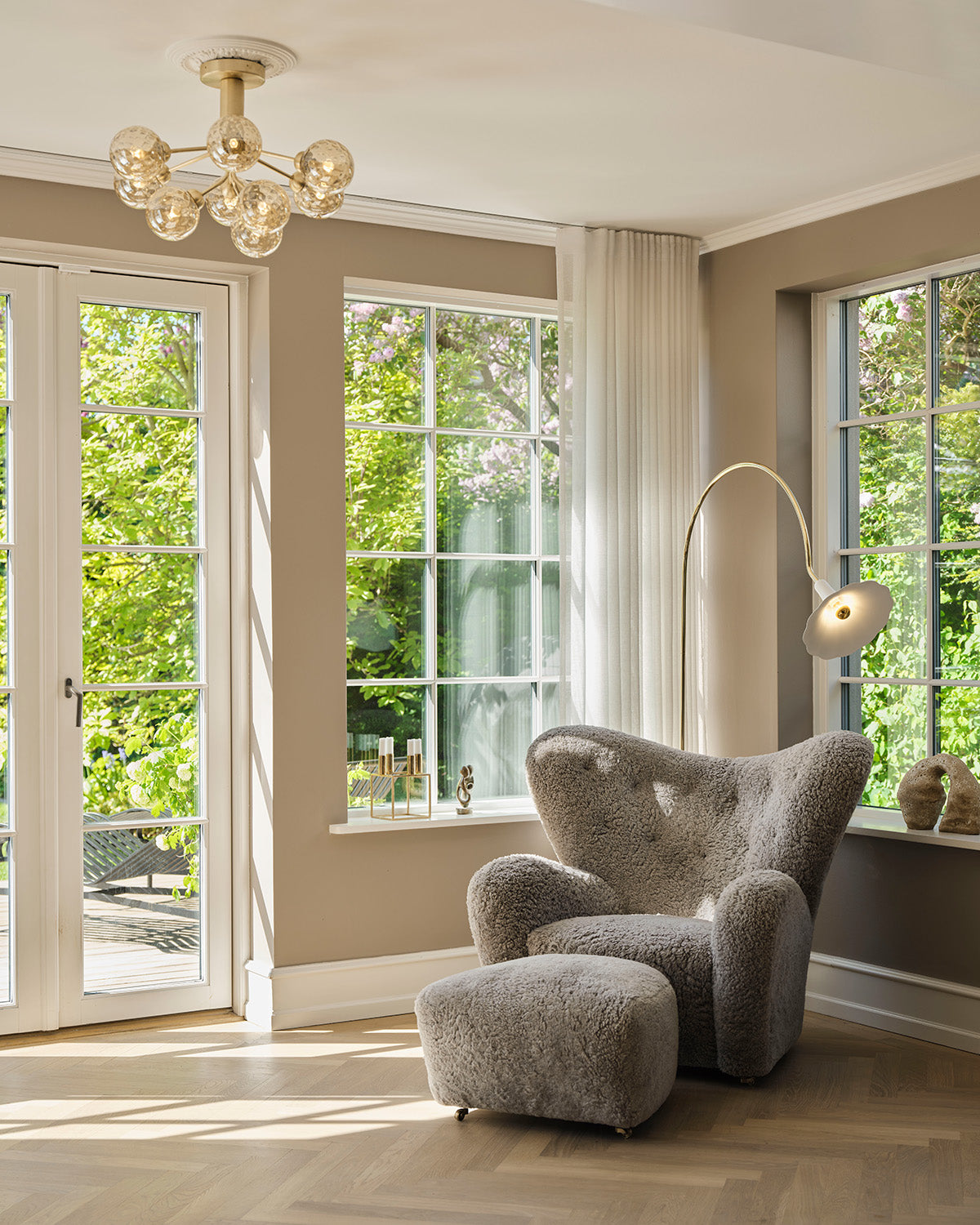
Light, mood & well-being
Combine the benefits of natural sunlight with well-managed artificial light and create an environment that supports better well-being.
Read more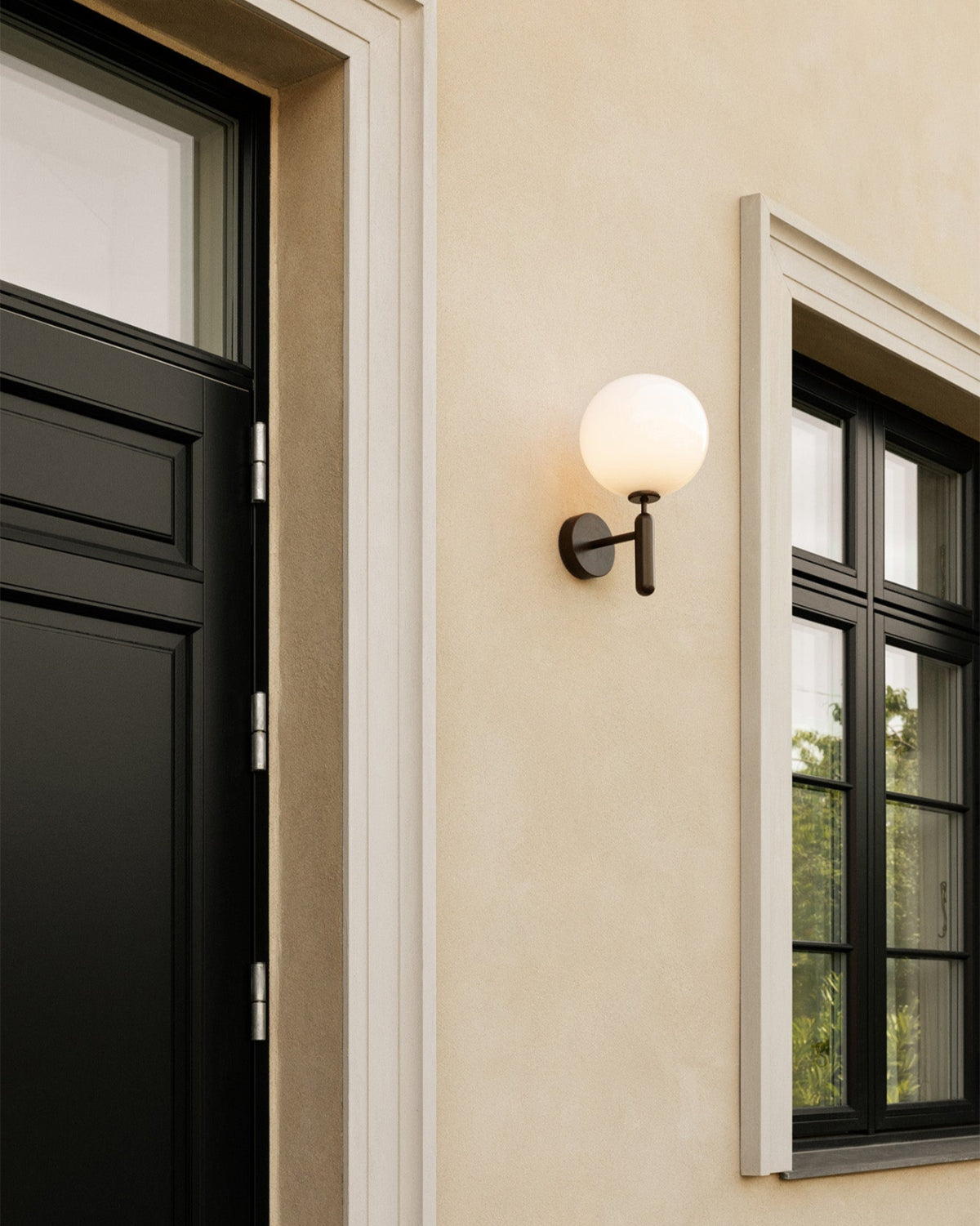
Wet-zone guide
When selecting lighting, it is essential to consider the IP classification. Explore the different ratings in our wet-zone guide.
Read more


